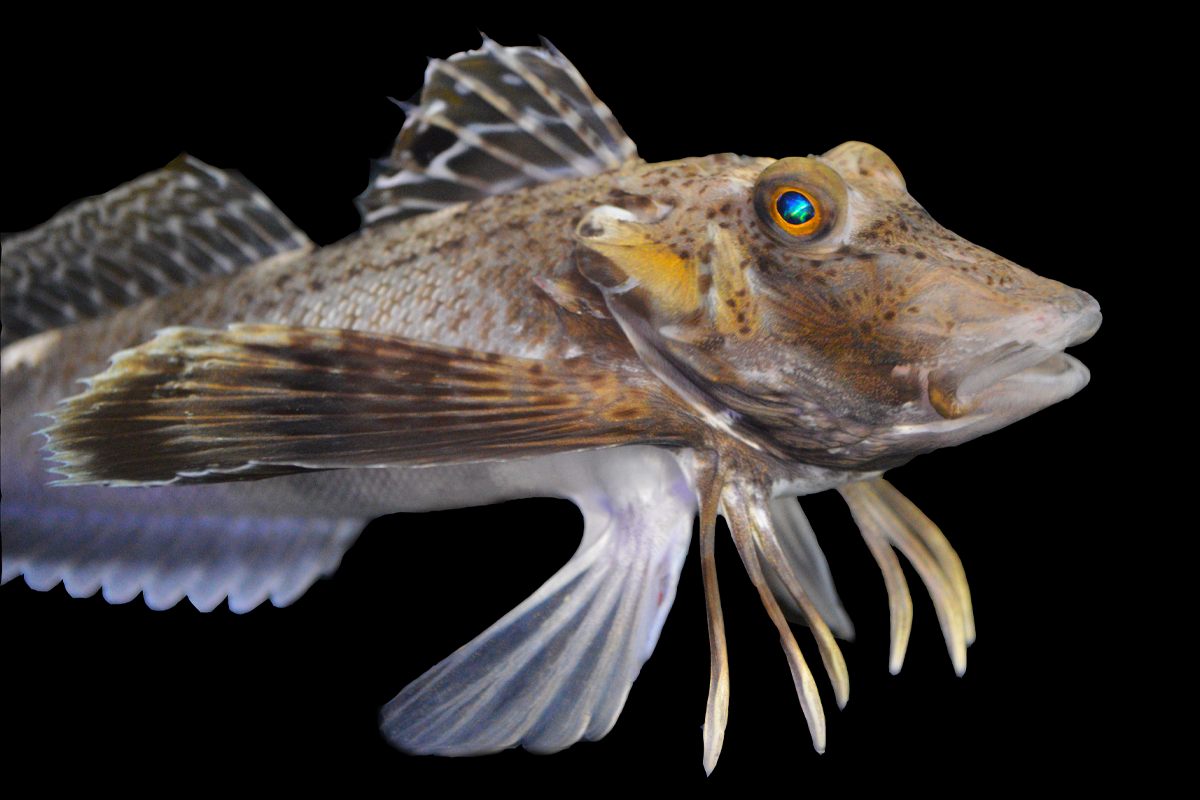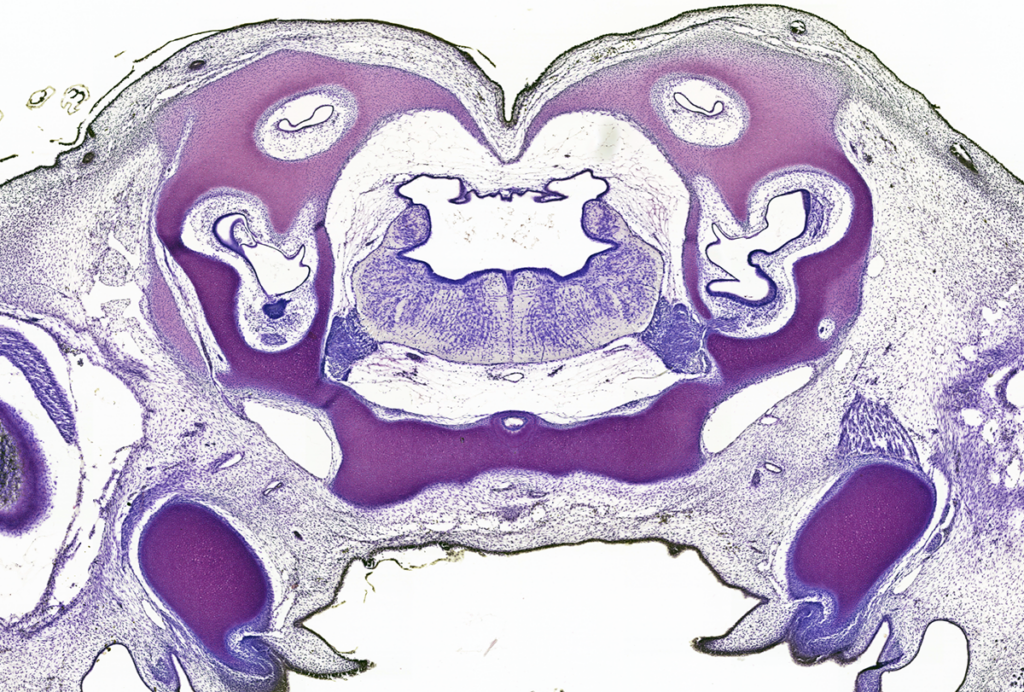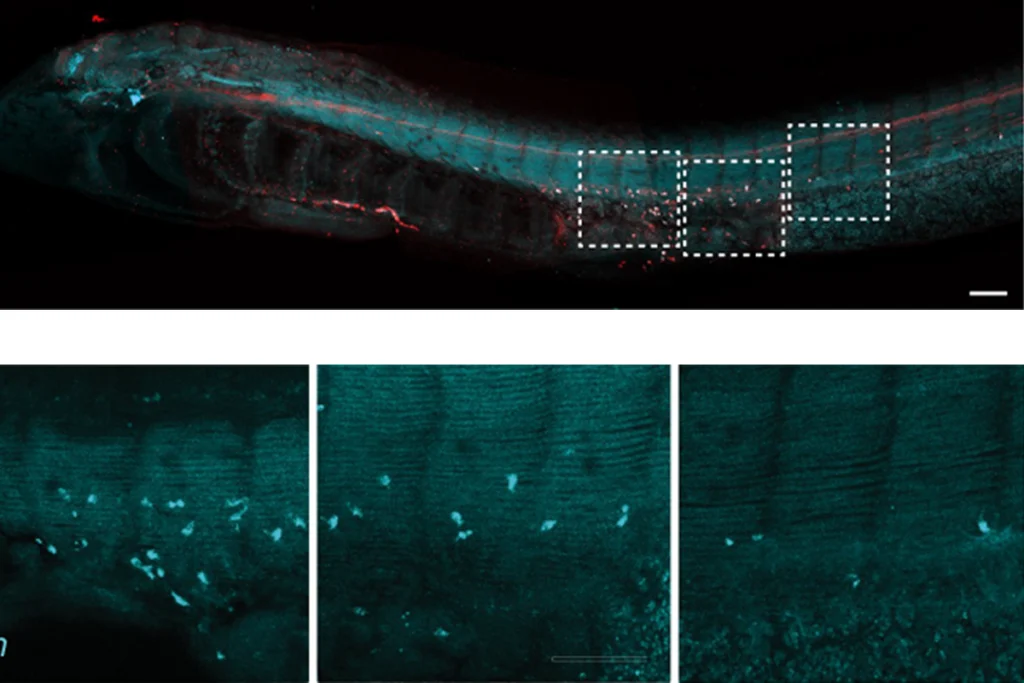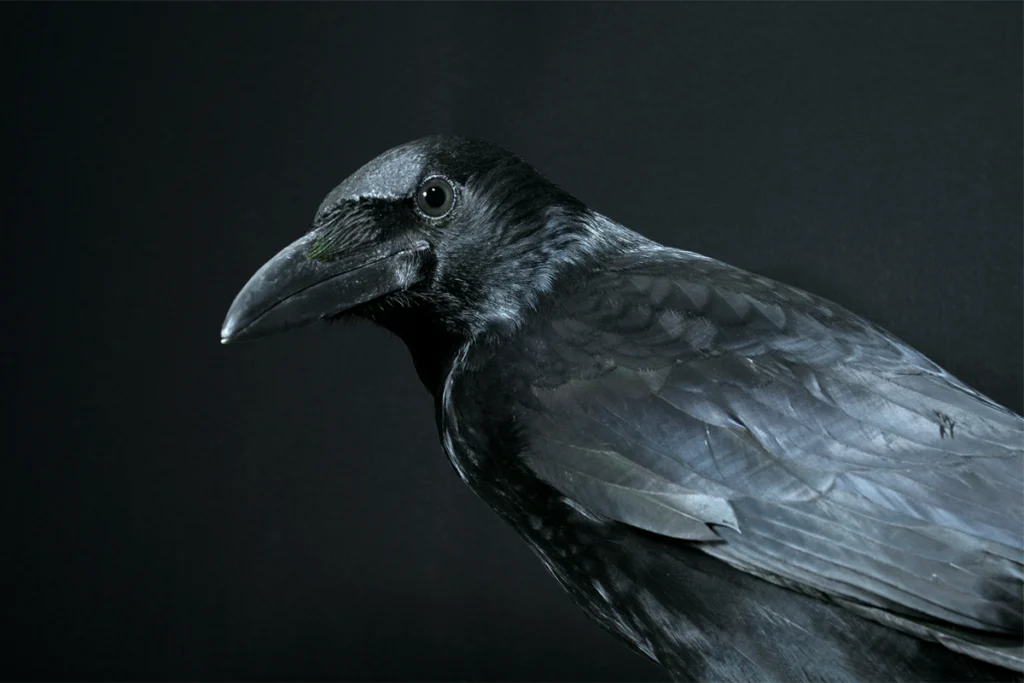Sea robins skitter across the sea floor with six tiny fins-turned-legs. And at least one species of these bottom feeders is exceptionally skilled at digging up food—so good that other fishes follow these sea robins to snatch up leftover snacks.
The sea robins owe this talent to their legs, according to a pair of studies published today in Current Biology. The new work shows that the appendages evolved a specialized sensory system to feel and taste hidden prey. The legs of one common species, for example, are innervated by touch-sensitive neurons and dotted with tiny papillae that express taste receptors.
“It’s just really neat to see the molecular components that nature is using to spin out not only new structures, but also new behaviors,” says David Kingsley, professor of developmental biology at Stanford University and an investigator on both studies.
The results formalize work from the 1960s and ’70s that first indicated the special chemosensory abilities of sea robins, says Tom Finger, professor of cell and developmental biology at the University of Colorado Anschutz Medical Campus, who was not involved in the new studies. This is “a major, important contribution to show that taste receptors have become expressed in the specialized sensory organ.”
This finding “demonstrates, I think, an evolutionary principle, which is that evolution uses the tool kit that’s in place and then just slightly changes it,” says Nicholas Bellono, professor of molecular and cellular biology at Harvard University, who is an investigator on both new studies and also researches unique senses in cephalopods.
Last year, he and his colleagues described a similar adaptation in octopuses: “They took this receptor that was for neurotransmission and then just repurposed it with a slight tinkering to now be a sensory receptor. So it’s sort of a theme we keep seeing repeat across the diversity of life.”
B
ellono says he first became interested in sea robins while he was visiting the Marine Biological Laboratory in Woods Hole, Massachusetts, to catch squid. A lab manager there brought the strange fish to Bellono’s attention, telling him tales of their exceptional sensory abilities.So Bellono and his colleagues put the sea robins, specifically the species Prionotus carolinus, through straightforward behavioral assays to see exactly what they might be sensing when they dig in the sand for food. First, the researchers buried whole mussels, which the fish easily found. Then, they put ground-up mussels in capsules, eliminating any visual cues, and buried them in the sand. The fish found those, too—but missed capsules filled with seawater, indicating they require chemical stimuli to detect their prey.





